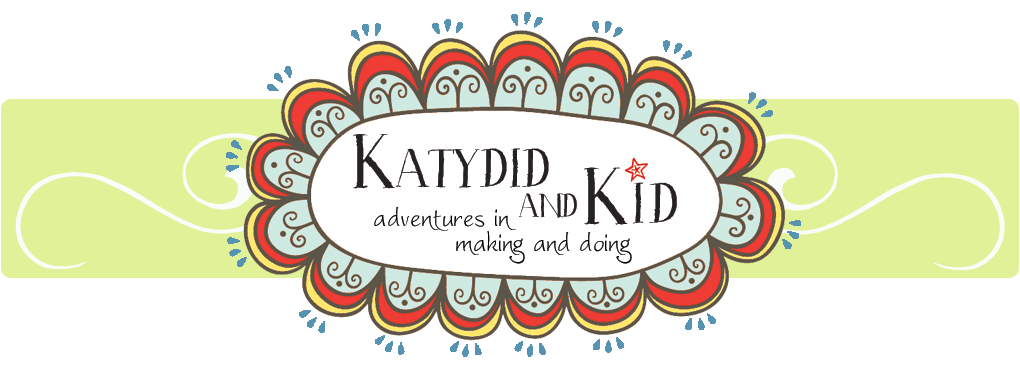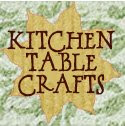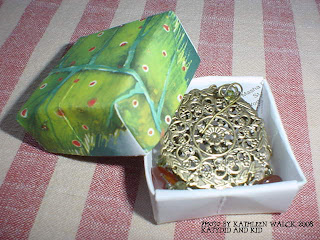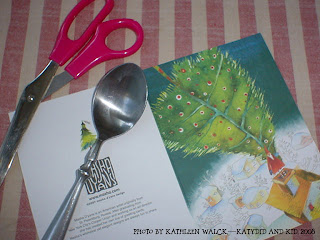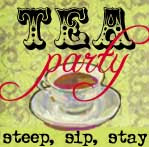 What a week! I've had a record number of visitors to K&K, and I'm thrilled to have found some new blogging pals. This post is one that I was really looking forward to writing, however it kind of got stuck on the back burner due to a lot of chaos around the house. But Mr. Geek took the baby out tonight and let me have some time to work. They went looking at chop saws, tools, and other manly things.
What a week! I've had a record number of visitors to K&K, and I'm thrilled to have found some new blogging pals. This post is one that I was really looking forward to writing, however it kind of got stuck on the back burner due to a lot of chaos around the house. But Mr. Geek took the baby out tonight and let me have some time to work. They went looking at chop saws, tools, and other manly things.This is one of my primary crafts: FELTING! I take wool and turn it into objects like hats
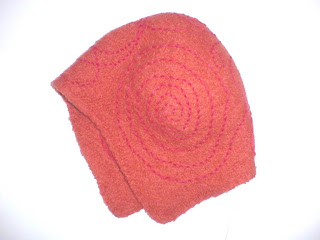
bowls
and ornaments
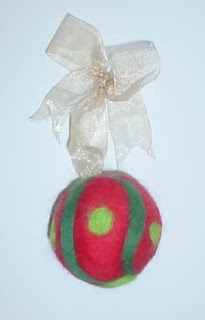 I do a combo of wet felting (the Part One that I'll be sharing today) and needle felting which will be up tomorrow.
I do a combo of wet felting (the Part One that I'll be sharing today) and needle felting which will be up tomorrow.In wet felting, wool will felt when 3 things happen simultaneously. The wool must be wet, hot, and agitated, just like when you and your signficant other are.....wait, I won't go there! Seriously though, you need to have hot water and you need to be agitating the wool.
I start with wool that's already been cleaned, dyed, and carded (combed straight), because I just don't need to be dealing with poopy, dirty wool. Visit Lola to get the details on that.
I also use a washboard and a plastic felting mat, which looks like a sushi roller. It has plastic ridges on it, which agitate the wool. I've used things like bamboo beach mats and cut-up mesh laundry baskets, but these are easier, and they cost about $3.
I start by laying out the wool on the nubby side of the plastic mat. I pull of pieces of the combed wool, making sure that the fibers all run in the same direction and are parallel to each other.
Next, add another layer of wool going perpendicular to the first layer. I chose purple.
Now the felting will begin! You need a little dish soap or vinegar to keep the wool from sticking to the mat or your hands and pulling the layers apart. This is crucial for the first part of agitation. Once the wool starts to bind together, you don't have to worry about the layers coming apart.
I take it over to the sink and add a sprinkling of hot water. Then I roll up the mat.
Here's a peek at what's going on inside, after about a minute.
I keep adding hot water, and periodically turn the felt before rolling it up again. Now it's starting to felt more and more, and getting smaller and smaller.
I open up the roll every so often and flip the felt so that both sides and all the edges are worked equally.
Once the fibers stick together and I can't pull them off the top, I transfer the felt to my washboard, for some old-fashioned elbow grease.
Finally! It's felted as much as I'd like, after about 10 minutes. You can't pull any of the fibers off and the felt feels thick and sturdy.
I like how the colors mingled together. It's always a surprise to see how it turns out.The final step is called "fulling". I roll the felt in a towel
I flip the felt over, and give it a 90 degree turn and do it again.
And voila! A piece of handmade felt!
